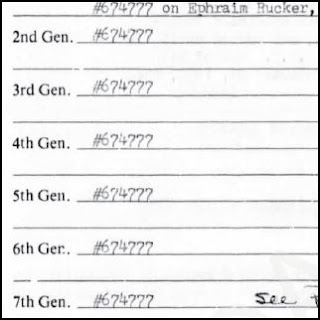Sepia Saturday challenges
bloggers to share family history through old photographs.
This week’s Sepia Saturday prompt features a typical country store with numerous goodies to catch the eye. Most prominent is the
clock.
 |
| The Techtron is a pretty clock but notorious for being non-repairable. |
In the morning I
wipe the sleep from my eyes and check the time here:

 |
| The Ansonia clocks with porcelain body were often painted with flowers or idyllic scenes. |
 |
| This Seth Thomas tambour-style clock has simple lines. |
When my great-aunt Helen Killeen Parker was cooking, her Seth Thomas mantel clock might have reminded her to take a look at that roast.
In the evening when the busy-ness of the day came to
an end, my great-grandmother Mary Sudie Eppard Rucker probably relaxed in her
favorite chair and drifted off to sleep to the gentle ticking of her Seth
Thomas Adamantine mantel clock. She might even have been awoken by the rich
cathedral-like chiming on the hour.
This clock on YouTube sounds like what my great-grandmother used to hear.
 |
| Sudie Rucker's clock went to my mother and then to my sister. |
This clock on YouTube sounds like what my great-grandmother used to hear.
Unlike the handsome mantel clocks my sister and I
inherited, it’s doubtful any of our modern clocks will stand the test of time.
I hope you have time to check the clocks at Sepia Saturday.

































